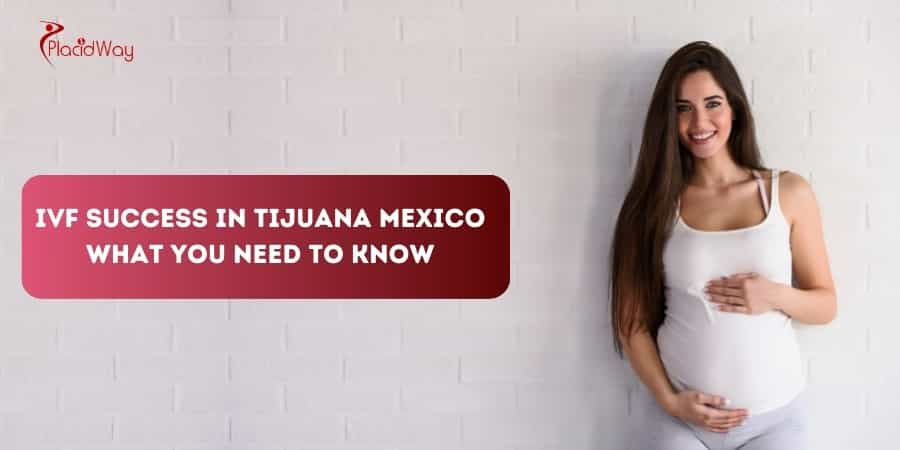
In vitro fertilization (IVF) has helped millions of couples achieve their dream of parenthood, but the high costs in many countries make it difficult for some to access treatment. IVF in Tijuana, Mexico, has become a leading alternative, offering affordable, high-quality fertility care with advanced technology and experienced specialists.
Whether you're looking for affordable fertility treatment, expert care, or top fertility clinics in Mexico, Tijuana stands out as a premier destination. This guide will help you understand how much IVF costs in Tijuana, the best fertility clinics in Tijuana, and what to expect throughout the process.
How Much is IVF in Tijuana, Mexico?
The cost of IVF in Tijuana is significantly lower than in the U.S. or Canada, making it an attractive option for many couples.
| Treatment | Cost Range (USD) | Notes |
|---|---|---|
| IVF Cycle | $5,600 - $8,000 | Includes consultation, monitoring, egg retrieval, and embryo transfer. |
| Hormonal Medications | $1,500 - $3,000 | Costs vary based on the patient’s needs. |
| ICSI (Intracytoplasmic Sperm Injection) | $1,000 - $2,000 | Helps with male infertility cases. |
| Preimplantation Genetic Testing (PGT) | $1,500 - $3,000 | Screens embryos for genetic conditions. |
| Embryo Freezing | $500 - $1,000 per year | Allows for future transfers. |
| Sperm/Egg Donor (if needed) | $1,000 - $2,500 | For patients using donor gametes. |
Compared to the $15,000 – $25,000 cost of IVF in the U.S., undergoing in vitro fertilization in Tijuana, Mexico, offers significant savings without compromising quality.
Best Fertility Clinics in Tijuana, Mexico
Tijuana, Mexico, is home to several esteemed fertility clinics offering advanced reproductive treatments. Here are two of the top clinics known for their expertise and patient-centered care:
1. Fertility Beyond Borders – Dr. Alberto Félix Atondo
Led by Dr. Alberto Félix Atondo, Fertility Beyond Borders specializes in reproductive medicine and endocrinology, providing comprehensive services to address various fertility challenges. The clinic offers a range of treatments, including:
-
In Vitro Fertilization (IVF): Combining eggs and sperm outside the body to create embryos for implantation.
-
Egg and Sperm Donation: Utilizing donor gametes to assist individuals and couples in achieving pregnancy.
-
Pre-implantation Genetic Testing (PGT): Screening embryos for genetic conditions before transfer.
-
Natural IVF / Mini IVF: Offering gentler stimulation protocols with fewer medications.
Dr. Félix Atondo is renowned for his patient-centric approach, ensuring personalized care tailored to each individual's needs. Patients have praised his expertise and compassionate guidance throughout their fertility journey.
2. Centro de Fertilidad del Prado
Centro de Fertilidad del Prado is a leading fertility clinic in Tijuana, offering advanced assisted reproduction techniques and personalized care. The clinic's services include:
-
In Vitro Fertilization (IVF): Standard IVF procedures to assist with conception.
-
Intracytoplasmic Sperm Injection (ICSI): Injecting a single sperm directly into an egg to facilitate fertilization.
-
Preimplantation Genetic Diagnosis (PGD): Testing embryos for specific genetic disorders before implantation.
-
Advanced Endoscopic Surgery: Minimally invasive procedures to address reproductive health issues.
The medical team at Centro de Fertilidad del Prado comprises specialists with extensive experience in reproductive medicine, providing a personalized approach to each patient's treatment plan.
Both clinics are committed to helping patients achieve their dream of parenthood through state-of-the-art technology and compassionate care. These top fertility clinics in Tijuana follow international medical standards, ensuring safe, effective, and affordable IVF treatment.
Step-by-Step Process of IVF in Tijuana
The IVF process in Tijuana is similar to that in the U.S. but at a fraction of the cost.
Step 1: Research & Select a Fertility Clinic in Tijuana
- Check success rates, patient reviews, and doctor credentials.
- Ensure the clinic offers advanced technology like ICSI and PGT.
Step 2: Schedule a Consultation
- Can be done in person or online before travel.
- Discuss your medical history and fertility challenges.
Step 3: Ovarian Stimulation & Monitoring
- Take hormonal medications to stimulate egg production.
- Regular ultrasounds and blood tests monitor progress.
Step 4: Egg Retrieval
- A minimally invasive procedure under sedation.
- Eggs are retrieved and sent for fertilization in the lab.
Step 5: Fertilization & Embryo Development
- Fertilization is performed using IVF or ICSI.
- Embryos develop for 3-5 days before selection.
Step 6: Embryo Transfer
- A quick, painless procedure to transfer the best embryo(s) into the uterus.
Step 7: The Two-Week Wait & Pregnancy Test
- After 10-14 days, a pregnancy test confirms results.
This structured approach ensures a smooth, stress-free IVF experience in Tijuana.
IVF Success Rate in Tijuana, Mexico
Success rates for fertility clinics in Tijuana depend on age, embryo quality, and health factors. Here’s a general estimate:
| Age Group | IVF Success Rate (%) |
|---|---|
| Under 35 | 50% – 60% |
| 35 – 40 | 35% – 45% |
| Over 40 | 20% – 30% |
Clinics in Tijuana use advanced embryo selection techniques, leading to comparable success rates to U.S. fertility centers.
FAQs About IVF in Tijuana, Mexico
1. Is IVF in Tijuana safe?
Yes. Fertility clinics in Tijuana follow international medical standards, ensuring safe and high-quality care.
2. How much is IVF in Tijuana, Mexico?
The cost ranges between $5,600 and $8,000, which is up to 70% cheaper than in the U.S.
3. Can I use donor eggs or sperm in Tijuana?
Yes, many clinics offer donor eggs and sperm, with strict screening protocols in place.
4. How long do I need to stay in Tijuana for IVF?
Expect to stay 2-4 weeks, depending on your treatment plan.
5. Do fertility clinics in Tijuana offer English-speaking services?
Yes, most fertility clinics in Tijuana have bilingual staff, making communication easy.
6. Are there payment plans available for IVF in Tijuana?
Some clinics offer financing options to make treatment more affordable.
Start Your IVF Journey in Tijuana Today!
Choosing IVF in Tijuana, Mexico, gives you access to world-class fertility care at a fraction of the cost. With top fertility clinics, high success rates, and advanced reproductive treatments, Tijuana is an ideal destination for those looking to grow their family.
If you’re considering in vitro fertilization in Tijuana, Mexico, consult a trusted fertility specialist today to start your journey!









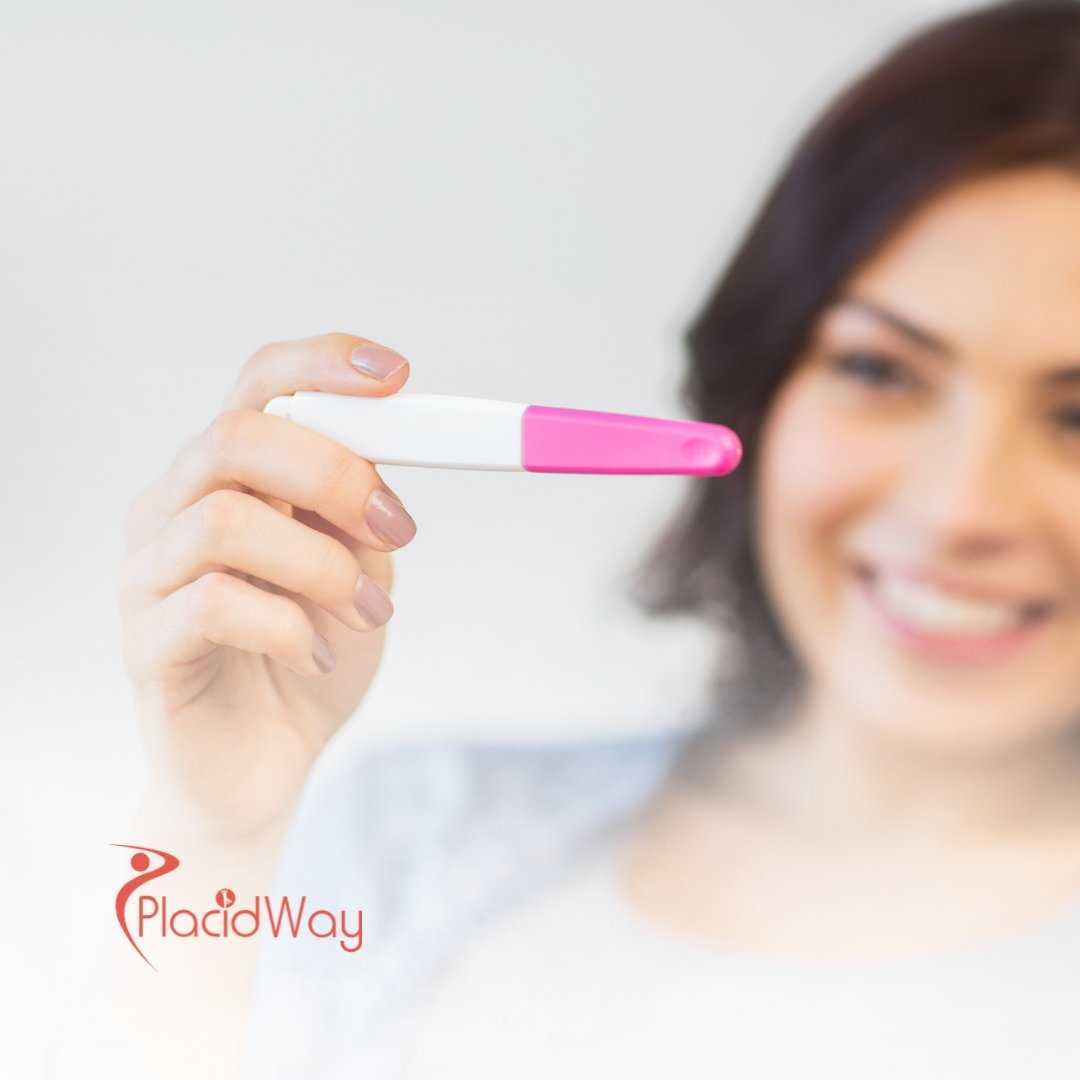
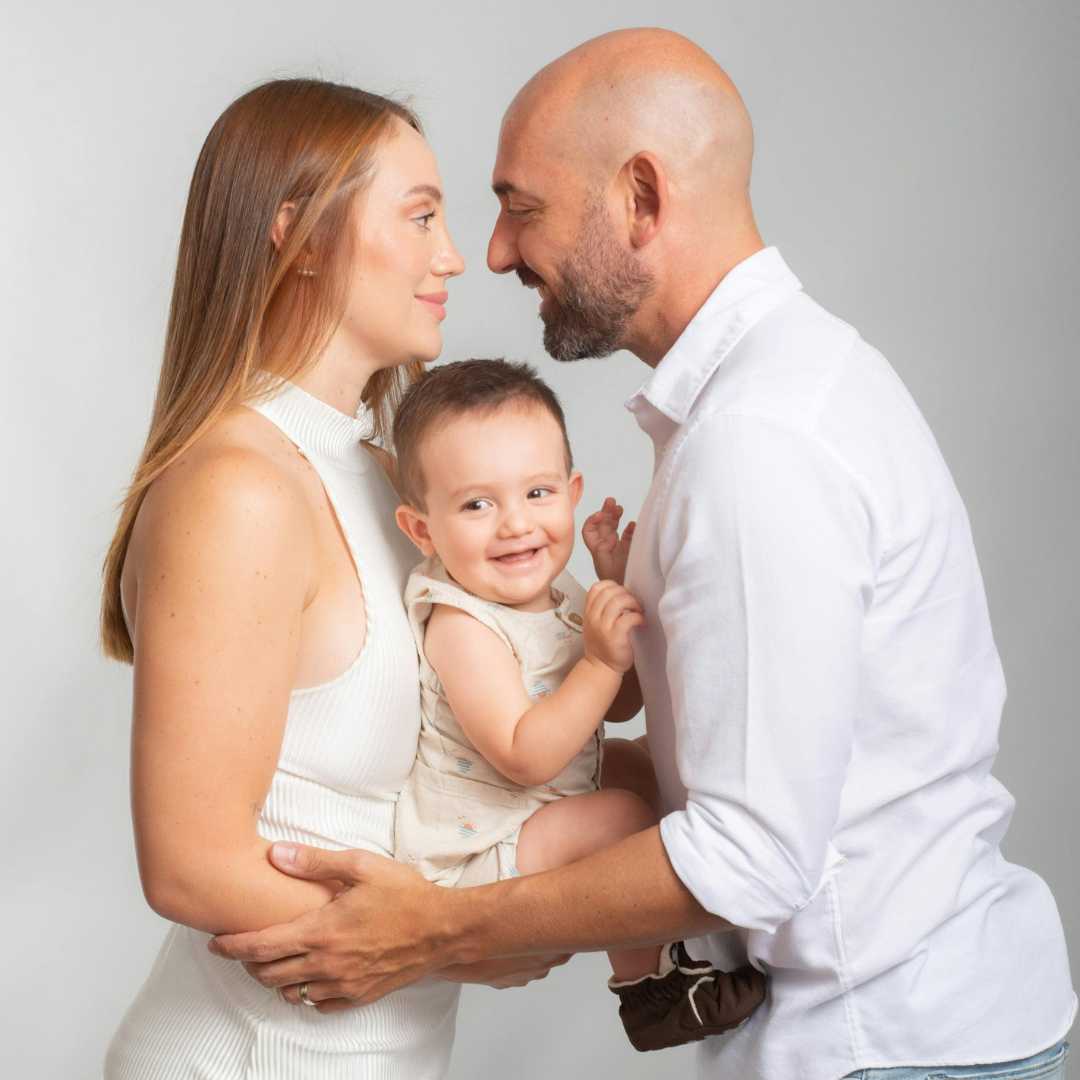
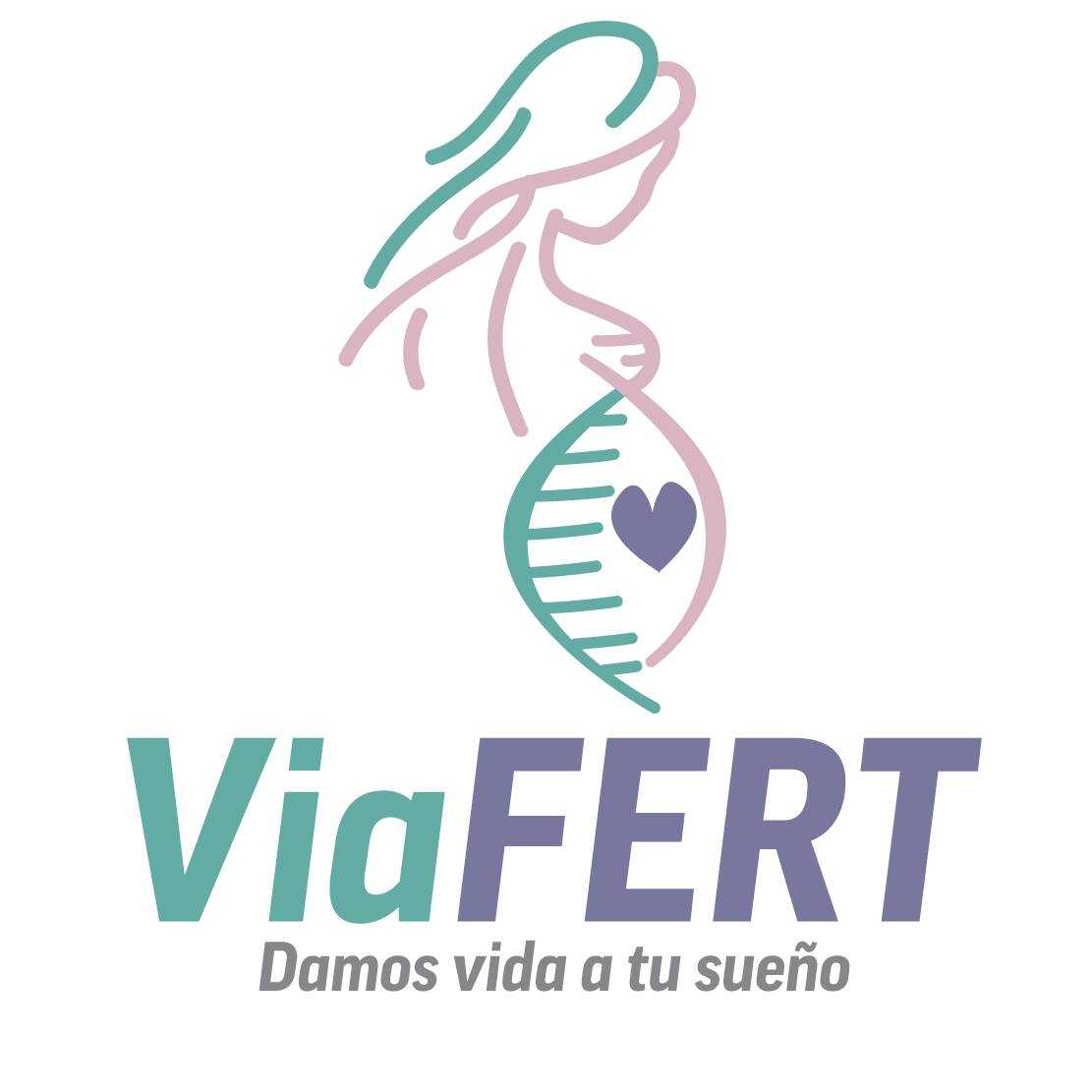
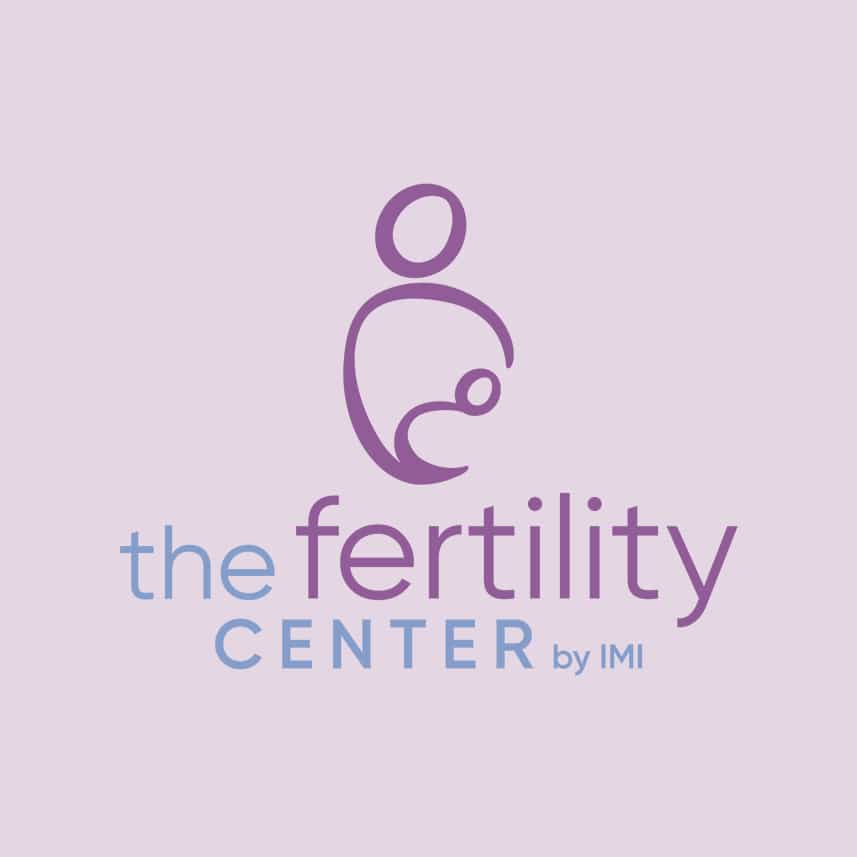
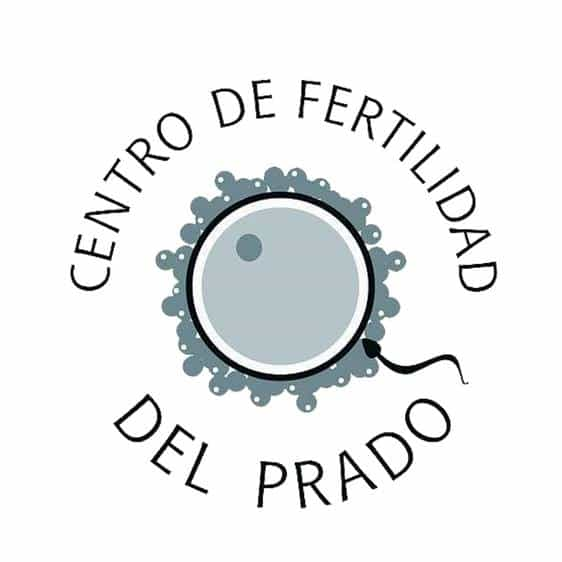
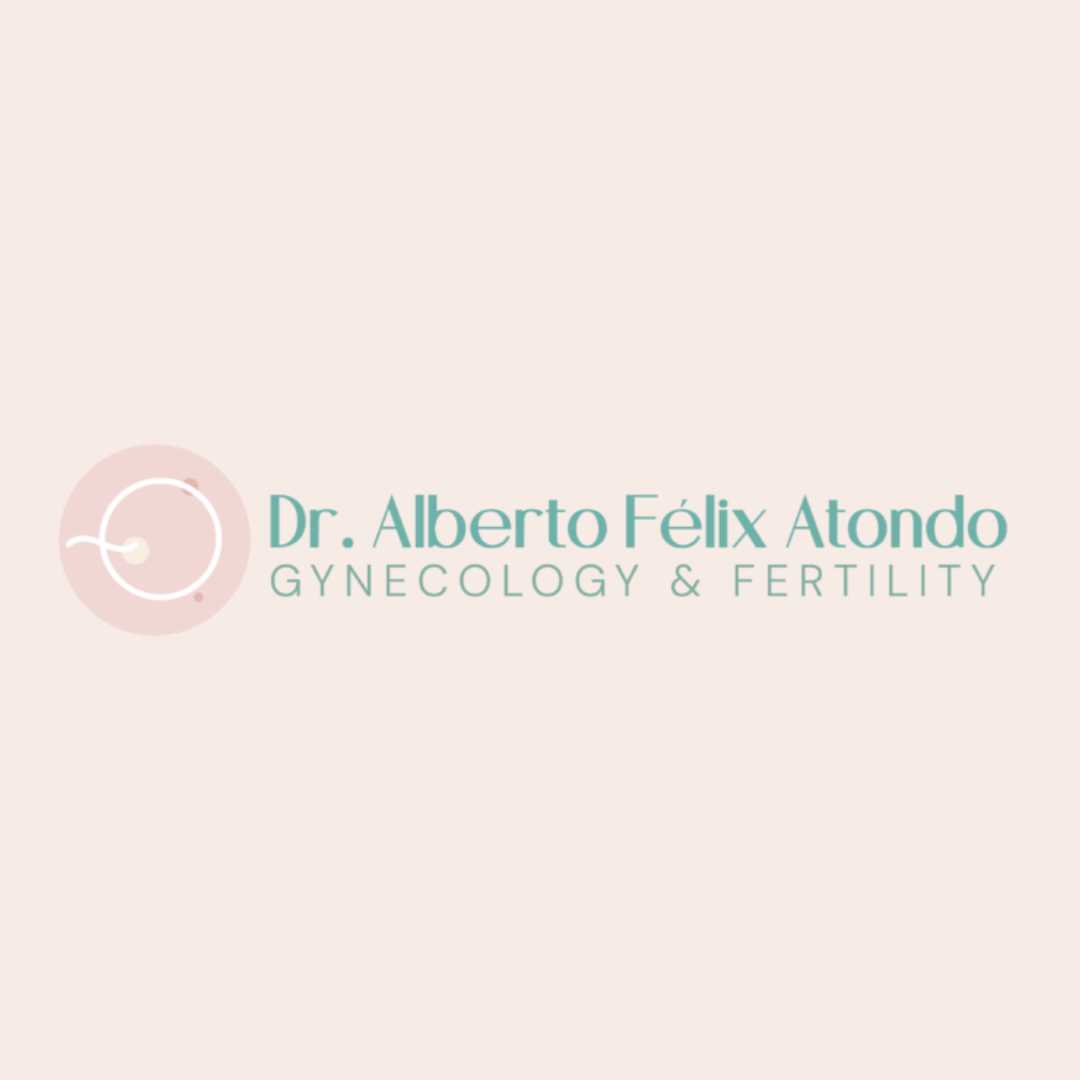
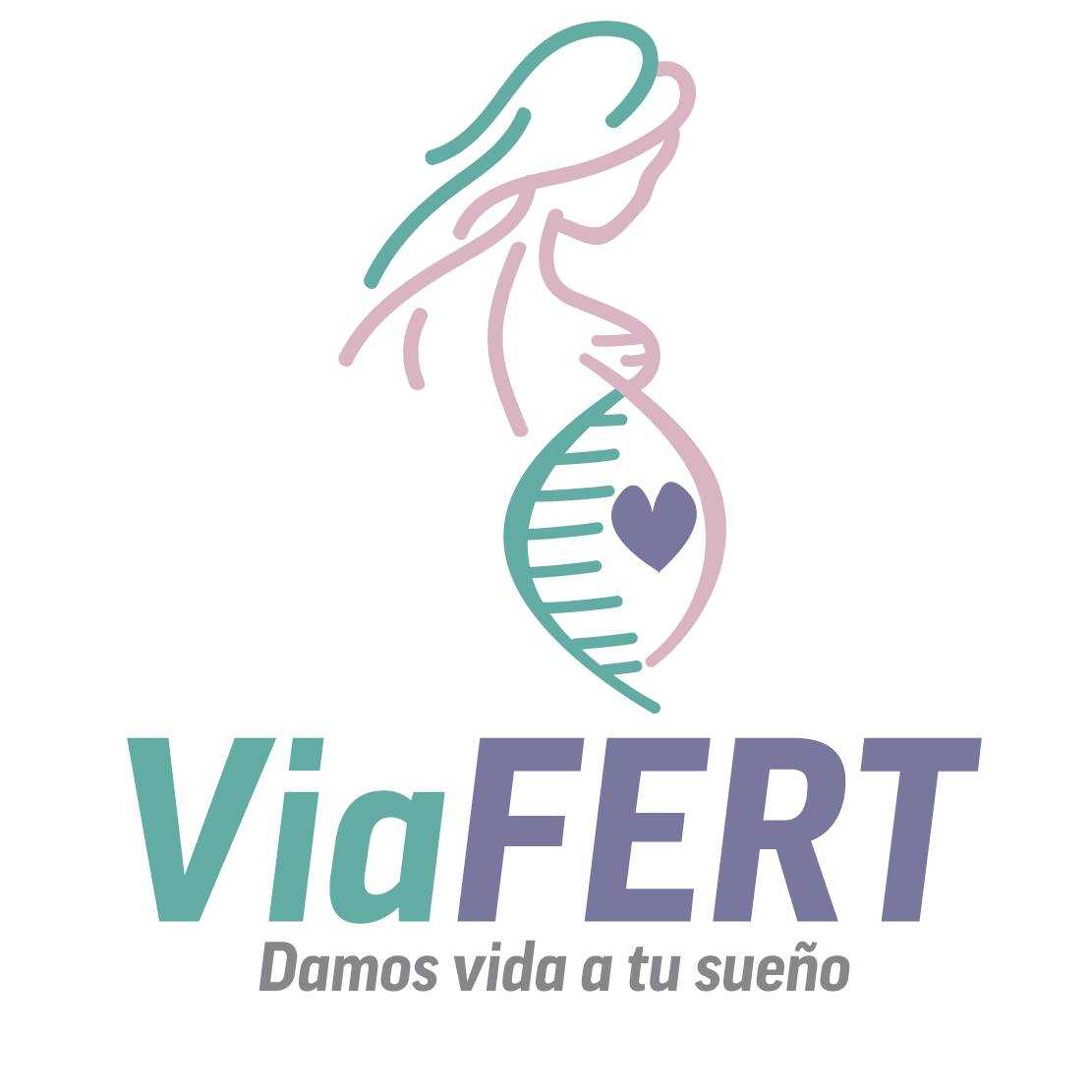

Share this listing